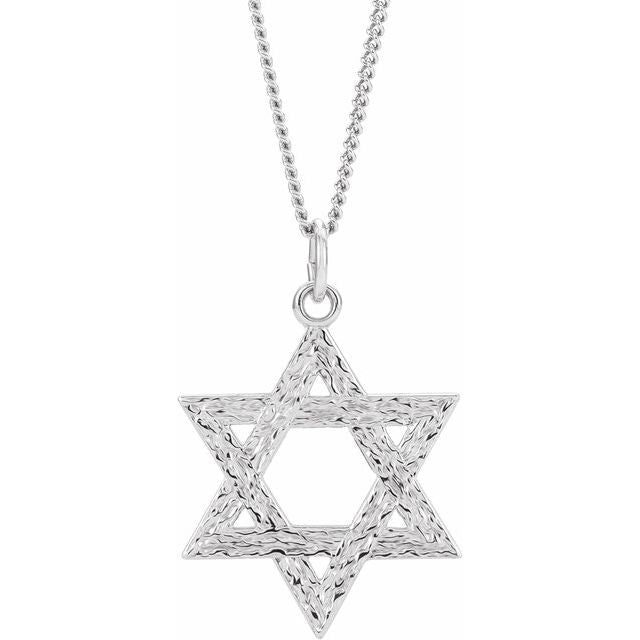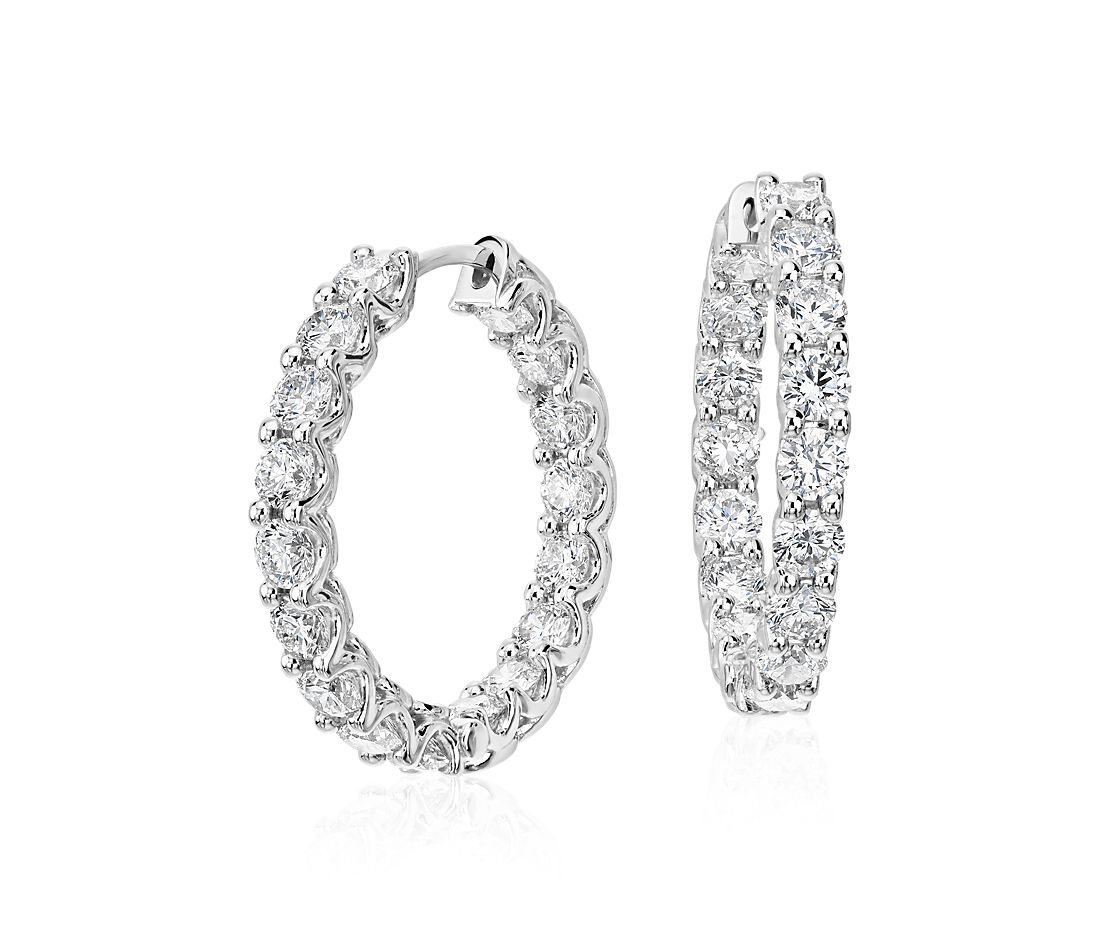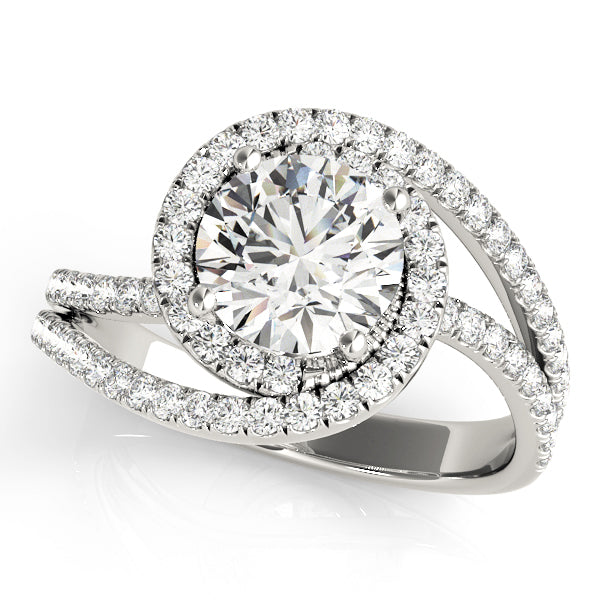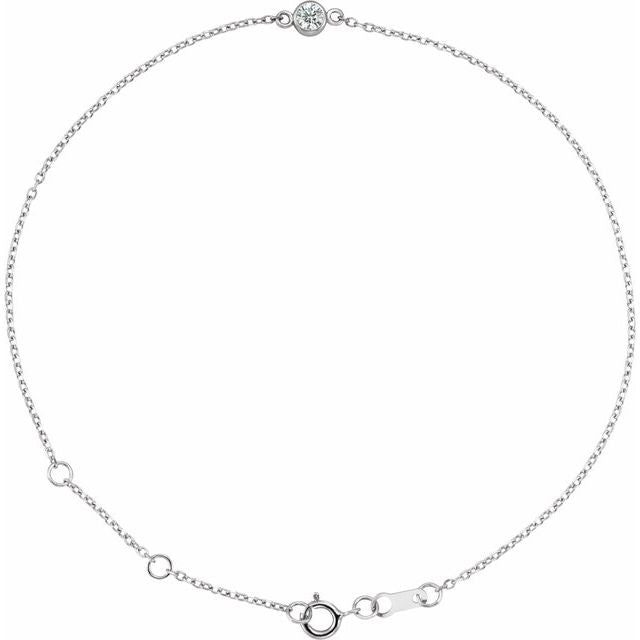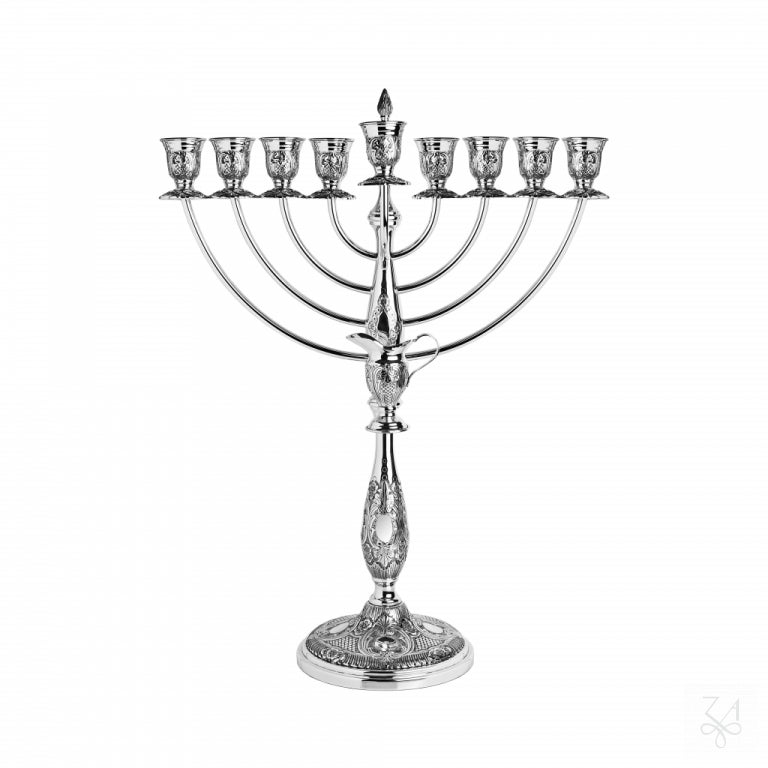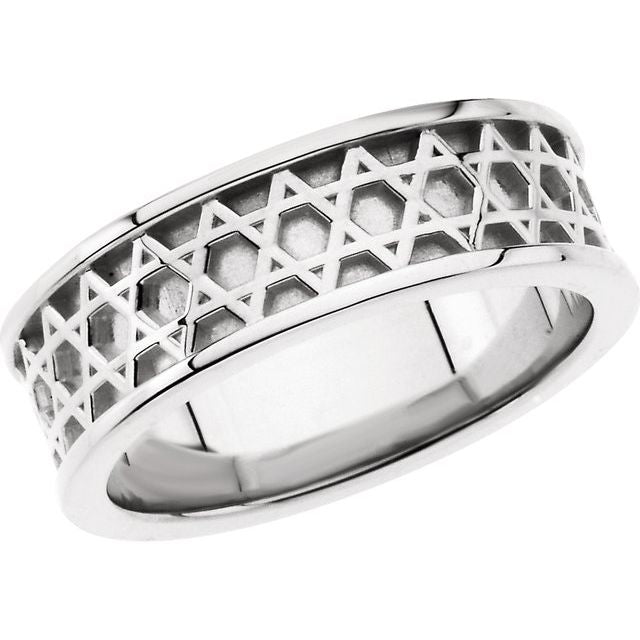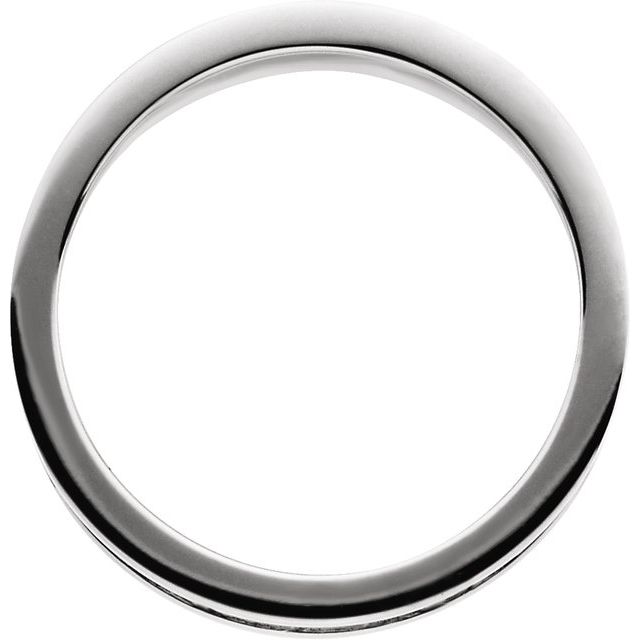
There's something deeply personal about jewelry. Whether it's your grandmother's silver necklace, a gold wedding band that symbolizes your commitment, or that statement piece you saved for months to purchase, jewelry often carries emotional significance that far outweighs its monetary value. That's why it can be particularly disheartening when your beloved pieces lose their luster and become tarnished, discolored, or dull.
But before you rush to the jeweler or resign yourself to wearing tarnished accessories, I have good news: most tarnished jewelry can be restored to its former glory right in your own home, using simple techniques and ingredients you likely already have in your kitchen or bathroom cabinet. In this comprehensive guide, I'll walk you through everything you need to know about jewelry tarnish—what causes it, how to remove it safely from different types of metals, and most importantly, how to prevent it from coming back.

Understanding Tarnish: The Science Behind the Dullness
Before diving into cleaning methods, it's helpful to understand what tarnish actually is. Tarnish is a layer of corrosion that forms on the surface of metals when they react with oxygen, sulfur, or other substances in the air. This chemical reaction creates compounds on the surface of your jewelry that appear as a dull, discolored film—ranging from yellowish to black, depending on the metal and the extent of tarnishing.
Silver jewelry is particularly prone to tarnishing because silver readily reacts with sulfur compounds in the air, forming silver sulfide—that familiar blackish coating. Gold, especially pure gold (24K), is highly resistant to tarnishing, but gold alloys containing silver, copper, or other metals (like 14K or 10K gold) can tarnish over time. Copper, brass, and bronze are also highly susceptible to tarnishing, developing a greenish patina known as verdigris.
Factors that accelerate tarnishing include:
-
Humidity and moisture
-
Air pollution
-
Chemicals in perfumes, lotions, and hairsprays
-
Natural oils from your skin
-
Certain foods (eggs, onions, and other sulfur-containing foods)
-
Swimming pools and hot tubs (chlorine)
-
Household cleaning products
Now that we understand what we're dealing with, let's explore how to bring back the shine to different types of jewelry.

Essential Supplies for Jewelry Cleaning
Before we get into specific cleaning methods, let's gather some basic supplies that will come in handy for most jewelry cleaning tasks:
-
Soft microfiber cloths or jewelry polishing cloths
-
Small bowls for soaking solutions
-
Soft-bristled toothbrush (a child's toothbrush works well)
-
Cotton swabs for reaching tight spaces
-
Wooden toothpicks for removing debris from settings
-
Rubber gloves to protect your hands and jewelry
-
Mild dish soap (free of phosphates, bleach, and other harsh chemicals)
-
Baking soda
-
White vinegar
-
Aluminum foil
-
Lemon juice
-
Olive oil
-
Commercial jewelry cleaners (optional)
Having these supplies ready will make the cleaning process much more efficient. Now, let's look at specific cleaning methods for different types of metals.
Restoring Silver Jewelry: From Dull to Dazzling
Silver is perhaps the most commonly tarnished jewelry material, but fortunately, it's also one of the easiest to clean. Here are several effective methods to restore your silver pieces:
The Aluminum Foil Bath Method
This method uses a simple chemical reaction to transfer the tarnish from your silver to aluminum foil. It's like magic for heavily tarnished pieces.
-
Line a bowl with aluminum foil, shiny side up.
-
Add one tablespoon of baking soda and one tablespoon of salt to the bowl.
-
Pour in enough hot water to cover your jewelry.
-
Place your silver items in the solution, making sure they touch the aluminum foil.
-
Let them sit for 5-10 minutes (you'll notice the tarnish disappearing and may smell a slight sulfur odor—that's the reaction working!).
-
Remove your jewelry, rinse thoroughly with water, and dry completely with a soft cloth.
This method is particularly effective because it doesn't just remove the tarnish—it actually reverses the chemical reaction that created it in the first place. The sulfur atoms transfer from the silver back to the aluminum, leaving your silver clean and bright.
Baking Soda Paste Method
For more stubborn tarnish or detailed pieces:
-
Mix three parts baking soda with one part water to create a thick paste.
-
Apply this paste to your silver using a soft cloth or soft-bristled toothbrush.
-
Gently rub in small circular motions, paying special attention to crevices and detailed areas.
-
Rinse thoroughly with warm water.
-
Dry completely with a soft cloth, buffing to enhance shine.
This method provides a bit more abrasive action for stubborn tarnish but is still gentle enough not to scratch your silver if used carefully.
Commercial Silver Polishes
If home remedies aren't cutting it, commercial silver polishes like Wright's Silver Cream, Goddard's Silver Polish, or Weiman Silver Polish are specifically formulated to remove tarnish without damaging your silver. Always follow the manufacturer's instructions and be sure to rinse thoroughly afterward.
A Word of Caution About Antique or Oxidized Silver
If your silver jewelry has intentional darkened areas (known as oxidation) as part of its design, be careful with these cleaning methods as they may remove this intentional patina. For these pieces, it's best to clean only the raised, polished areas with a jewelry cloth, leaving the darkened recessed areas intact.
Bringing Back the Brilliance to Gold Jewelry
While pure gold doesn't tarnish, most gold jewelry is made from gold alloys that can lose their luster over time. Here's how to safely clean gold jewelry:
The Gentle Soap Bath
-
Mix a few drops of mild dish soap in warm (not hot) water.
-
Soak your gold jewelry for 15-20 minutes.
-
Gently scrub with a soft-bristled toothbrush, paying attention to settings and crevices.
-
Rinse thoroughly with room temperature water.
-
Dry completely with a soft cloth.
This method is perfect for routine cleaning and is safe for most gold jewelry, including pieces with gemstones.
The Ammonia Solution (For Plain Gold Only)
For plain gold jewelry without gemstones or pearls:
-
Mix six parts water with one part ammonia.
-
Soak your gold jewelry for no more than one minute.
-
Remove and gently brush with a soft toothbrush if needed.
-
Rinse thoroughly with water.
-
Dry and buff with a soft cloth.
Important: Never use ammonia on jewelry with pearls, opals, emeralds, or other porous gemstones, as it can damage them permanently.
Beer Bath for Gold (Yes, Really!)
This old-fashioned method actually works well for plain gold:
-
Pour a small amount of light beer (not dark beer) into a shallow dish.
-
Place your gold jewelry in the beer for a few minutes.
-
Remove and wipe with a soft cloth.
-
Rinse with water and dry thoroughly.
The mild acids in beer help dissolve dirt and restore shine to gold. Just be sure to rinse well afterward to avoid any sticky residue.
Copper, Brass, and Bronze Jewelry Restoration
These metals develop a characteristic greenish patina called verdigris. While some people appreciate this aged look, here's how to restore the original shine if you prefer:
Lemon and Salt Method
-
Cut a lemon in half and sprinkle salt on the cut surface.
-
Rub the salted lemon directly on your copper, brass, or bronze jewelry.
-
For intricate pieces, use a soft toothbrush dipped in this mixture.
-
Rinse thoroughly with water.
-
Dry completely with a soft cloth.
The acid in the lemon combined with the mild abrasiveness of salt effectively removes tarnish from these metals.
Vinegar, Salt, and Flour Paste
For heavily tarnished pieces:
-
Mix equal parts white vinegar, flour, and salt to form a paste.
-
Apply to your jewelry and let it sit for 30 minutes to an hour.
-
Rinse thoroughly with warm water.
-
Dry completely and buff with a soft cloth.
This powerful paste can tackle even the most stubborn verdigris.
Ketchup Cleaning (Surprisingly Effective)
The acids in tomatoes make ketchup an effective cleaner for copper and brass:
-
Apply ketchup to your tarnished jewelry.
-
Let it sit for 5-10 minutes.
-
Use a soft toothbrush to work into detailed areas if needed.
-
Rinse thoroughly with warm water.
-
Dry completely with a soft cloth.
Caring for Costume Jewelry
Costume jewelry presents unique challenges because it's often made from base metals with plated finishes that can wear off easily. Here's how to clean it safely:
Gentle Soap Cleaning
-
Mix a few drops of mild dish soap in cool water.
-
Dip a soft cloth in the solution and wring it out so it's barely damp.
-
Gently wipe your costume jewelry, being careful not to soak it.
-
Use a cotton swab for crevices.
-
Wipe with a clean, damp cloth to remove soap residue.
-
Dry immediately and thoroughly with a soft cloth.
Clear Nail Polish Touch-Up
For costume jewelry where the finish is wearing off:
-
Clean the jewelry thoroughly and let it dry.
-
Apply a thin layer of clear nail polish to areas where the finish has worn away.
-
Let it dry completely before wearing.
This won't restore the original finish, but it will prevent further tarnishing and skin discoloration.
Special Care for Gemstones and Pearls
Different gemstones require different cleaning approaches. Here are some guidelines:
Pearl Care
Pearls are organic gems that can be damaged by many cleaning solutions:
-
After wearing, wipe pearls with a soft, slightly damp cloth to remove oils and dirt.
-
For deeper cleaning, use a cloth dampened with a solution of mild soap and water.
-
Never soak pearls, as the string can stretch and weaken.
-
Allow pearls to dry completely before storing.
-
Store pearls separately from other jewelry to prevent scratches.
Soft Gemstone Care (Opals, Turquoise, Amber)
Porous gemstones require gentle treatment:
-
Clean with a soft cloth dampened with plain water.
-
For slightly more cleaning power, use extremely mild soap in water.
-
Wipe gently, never soak or scrub.
-
Dry immediately and thoroughly.
Hard Gemstone Care (Diamonds, Sapphires, Rubies)
These can withstand more vigorous cleaning:
-
Soak in a solution of mild dish soap and warm water for about 20-30 minutes.
-
Gently scrub with a soft toothbrush, especially around settings.
-
Rinse thoroughly with clean water.
-
Dry with a soft, lint-free cloth.
Professional Cleaning: When to Seek Expert Help
While DIY methods are effective for routine maintenance, some situations call for professional attention:
-
Valuable or antique pieces with historical significance
-
Jewelry with loose stones or damaged settings
-
Pieces with multiple types of materials that require different cleaning methods
-
Extremely delicate or intricate designs
-
Heirloom pieces you're not comfortable cleaning yourself
-
Jewelry with mechanical components (like watch movements)
Most jewelers offer professional cleaning services, often at reasonable prices or even free for pieces purchased from them. They have specialized equipment like ultrasonic cleaners and steam cleaners that can reach places home methods can't.
Preventing Future Tarnish: Proactive Protection
Now that your jewelry is gleaming again, let's talk about how to keep it that way:
Proper Storage Techniques
-
Store silver in anti-tarnish bags or cloth, or with anti-tarnish strips.
-
Keep jewelry in a cool, dry place—humidity accelerates tarnishing.
-
Use jewelry boxes with individual compartments to prevent pieces from scratching each other.
-
Never store different types of metals together, as they can react with each other.
-
Consider silica gel packets in your jewelry storage to absorb moisture.
Wearing and Handling Practices
-
Apply perfume, hairspray, lotion, and other cosmetics before putting on jewelry.
-
Remove jewelry before swimming, bathing, cleaning, or exercising.
-
Wipe jewelry with a soft cloth after wearing to remove oils and moisture.
-
Handle jewelry with clean, dry hands to avoid transferring oils and dirt.
-
Remove jewelry before handling foods with high sulfur content (eggs, onions, etc.).
Protective Coatings
-
Consider applying Renaissance Wax or other jewelry sealants to clean, dry pieces (except pearls and porous gemstones).
-
Some jewelers offer rhodium plating for white gold and silver, which creates a tarnish-resistant barrier.
-
Clear nail polish can protect costume jewelry, as mentioned earlier.
Regular Maintenance Schedule
Establishing a regular cleaning routine prevents heavy tarnish buildup:
-
Wipe pieces with a jewelry cloth after each wear.
-
Give frequently worn pieces a gentle cleaning monthly.
-
Do a more thorough cleaning quarterly.
-
Have valuable pieces professionally cleaned and inspected annually.
Eco-Friendly and Natural Cleaning Alternatives
If you prefer to avoid chemicals, here are some environmentally friendly options:
Olive Oil and Lemon Juice
-
Mix 1/2 cup lemon juice with 1 teaspoon olive oil.
-
Dip a soft cloth in the mixture and gently rub your jewelry.
-
Rinse with water and dry thoroughly.
This works well for gold and is gentle on the environment.
Cornstarch Paste
-
Mix cornstarch with water to form a paste.
-
Apply to tarnished silver or gold.
-
Let dry completely.
-
Rinse off and buff with a soft cloth.
Toothpaste (Non-Gel, Non-Whitening)
Basic white toothpaste can clean metals in a pinch:
-
Apply a small amount to a soft cloth or toothbrush.
-
Gently rub or brush the tarnished areas.
-
Rinse thoroughly and dry.
Note: This method is slightly abrasive, so use sparingly and never on plated jewelry or soft gemstones.
Troubleshooting Common Jewelry Cleaning Problems
Problem: Cleaning Didn't Remove All Tarnish
Solution: Try a different method or repeat the process. Some deeply tarnished pieces may require multiple cleaning sessions.
Problem: Jewelry Looks Dull After Cleaning
Solution: After cleaning and drying, buff with a jewelry polishing cloth to restore shine.
Problem: Gemstones Look Cloudy
Solution: The setting may have residue underneath. Try cleaning with a soft toothbrush dipped in mild soapy water, focusing on the underside of the setting.
Problem: Metal Looks Scratched After Cleaning
Solution: You may have used too abrasive a cleaner or scrubbed too vigorously. For minor scratches on silver or gold, a professional jeweler can polish them out.
Problem: Tarnish Returns Quickly
Solution: Your storage environment may be too humid or exposed to pollutants. Improve storage conditions and consider anti-tarnish products.
Conclusion: The Joy of Restored Jewelry
There's something deeply satisfying about restoring a tarnished piece of jewelry to its original brilliance. Beyond the money saved by not replacing or professionally cleaning your pieces, there's the emotional reward of preserving items that often carry significant personal meaning.
With the techniques outlined in this guide, you now have the knowledge to maintain your jewelry collection in sparkling condition for years to come. Remember that different metals and gemstones require different approaches, and when in doubt, gentler methods are always safer. For particularly valuable or sentimental pieces, don't hesitate to consult a professional jeweler.
Jewelry is meant to be worn and enjoyed, not hidden away for fear of tarnishing. By implementing regular cleaning and proper storage habits, you can keep your treasured pieces looking their best while creating your own stories and memories with them.
So go ahead—rescue those tarnished treasures from the bottom of your jewelry box and give them new life. Your grandmother's silver locket, that copper bracelet from your travels abroad, or those gold earrings you save for special occasions deserve to shine as brightly as the memories they represent.
References
Jewelers of America. "Jewelry Care & Cleaning Guide." https://www.jewelers.org/ja/jewelry-101/jewelry-care
American Gem Society. "Jewelry Care & Cleaning." https://www.americangemsociety.org/page/jewelrycare
Smithsonian Institution. "How to Care for Silver and Copper Alloy Objects." https://www.si.edu/mci/english/learn_more/taking_care/silver.html
Gemological Institute of America. "Jewelry Cleaning." https://www.gia.edu/gem-care
The Spruce. "How to Clean Jewelry at Home." https://www.thespruce.com/how-to-clean-jewelry-at-home-4584904
Real Simple. "How to Clean Gold Jewelry." https://www.realsimple.com/home-organizing/cleaning/how-to-clean-gold-jewelry
Martha Stewart. "How to Clean Silver Naturally." https://www.marthastewart.com/1539289/how-clean-silver-naturally



